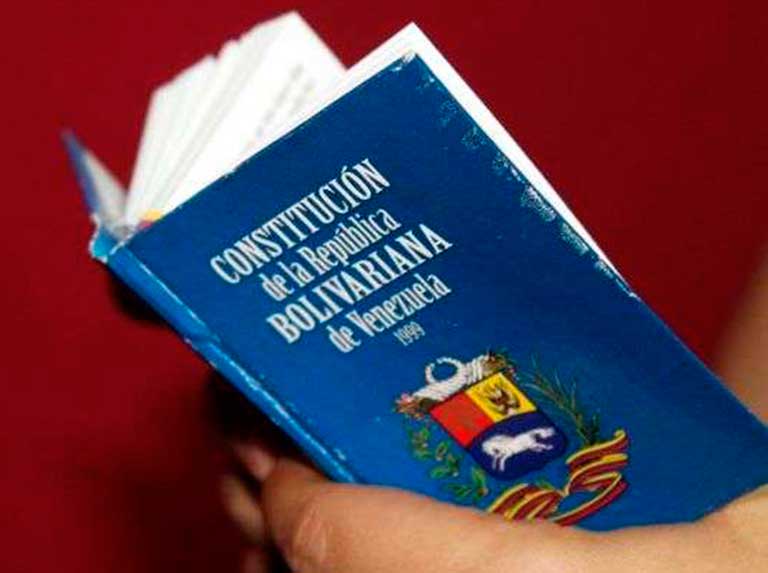During the week, the quotes of dollar showed significant differences between the official dollar and the blue dollar. The blue dollar, which is traded in the informal market, was quoted at $1,195 for purchase and $1,215 for sale.
On the other hand, the dollar official, available in banks, was quoted at $965.50 for purchase and $1,005.50 for sale. This price difference between the blue dollar and the official dollar, known as the exchange gap, was approximately 24%.
This gap reflects the restrictions and regulations that affect the availability of the dollar official, as well as demand and supply in the parallel market. In addition to the blue dollar and the official dollar, other exchange rates are also quoted in Argentina, such as the MEP dollar (Electronic Payment Market) and the CCL dollar (Cash with Settlement).
He dollar MEP, used for international transactions, was quoted at $1,161.78 for purchase and $1,169.13 for sale. The CCL dollar, which allows companies to buy and sell Argentine securities in the local and foreign markets, was quoted at $1,175.30 for purchase and $1,181.58 for sale.

He dollar tourist, also known as dollar savings or card, which includes a 30% surcharge on the value of the official dollar, was quoted at $1,608.80. This exchange rate is used for purchases abroad and savings in foreign currency.
The quote of dollar blue has shown an increasing trend throughout 2024, with a difference of 22% compared to the value of the blue dollar in January. This increase is due to several factors, including inflation, the devaluation of the Argentine peso and the demand for foreign currency in the informal market.

Country Irrigation
The Argentine country risk fell below 1,000 points for the first time since August 2019. On Friday, the JP Morgan index fell 53 units, reaching 984 points, a minimum in five years and two months. This fall is due to a new rise in sovereign bonds, which advanced almost 1.5% on average.
The Country Risk index measures the rate gap between US Treasury bonds and their emerging peers. The improvement in country risk contrasts with some estimates made by the International Monetary Fund (IMF) and the predictions of the consulting firm Moody’s, which maintained that Argentina could face a re-profiling of its debt.
follow us on Google News and on our channel instagramto continue enjoying the latest news and our best content.


















